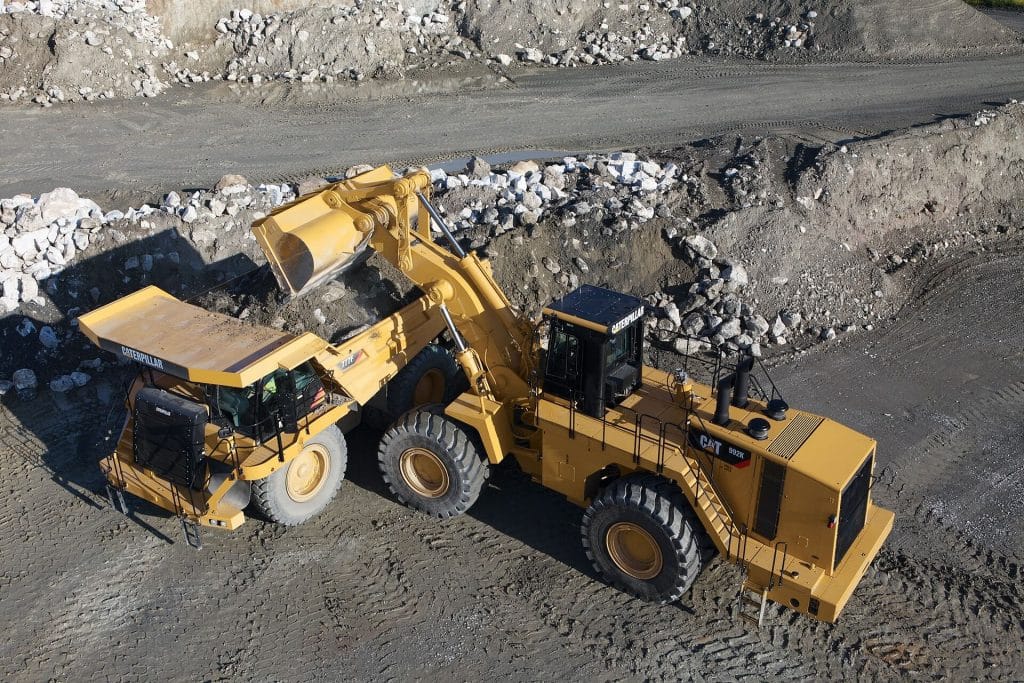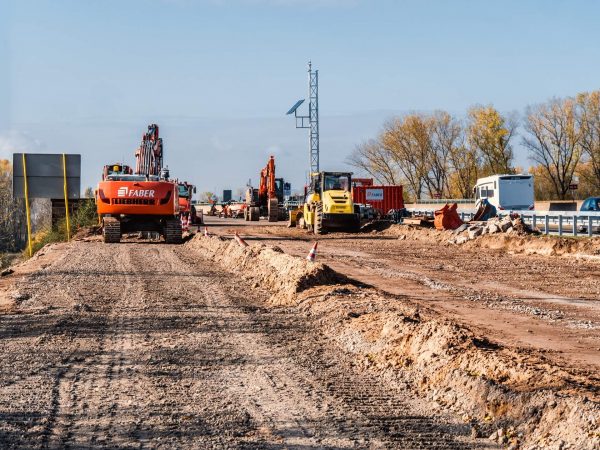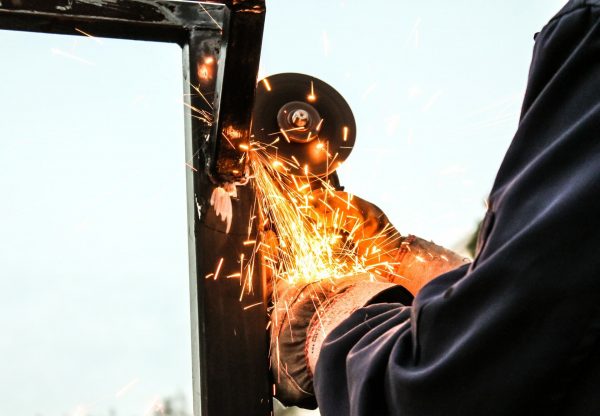Robotics are steadily transforming the construction industry with self driving vehicles, drones and automated technology. And, it is not just in construction – even when we are out and about in society, we are surrounded by robotics that are slowly replacing jobs such as bank ATMs, automated petrol pumps and self-service checkout lanes. Whilst construction robotics is still in its infancy, the future of industrial robots holds such significance that by 2055, it is estimated that fifty percent of Americans could be unemployed – swapped for robots. There are advantages and disadvantages to this huge reform in the construction industry, which also carries significant ramifications and impact. Let’s take a look at these pros and cons now.
PROS
Helps Construction Workers Stay In Work Longer
Construction robotics take on the kind of work that is detrimental to a worker’s health. Construction workers often have to work in harsh environments and carry out dangerous tasks using heavy machinery, which can cause back injuries. Robots cannot ‘get tired’ or experience repetitive strain injury, leading to dangerous mistakes, and this does often happen with construction workers. Industrial robots can do this type of work at no detriment to them, reducing injuries and drastically improving the workplace safety and environment for industrial workers, This in turn helps construction workers stay in the job longer.
Check out also: Top 5 well-paid jobs in construction
Overcome Human Limitations
The automated technology involved means that the construction industry will see huge increases in productivity. Automated technology comes with surges in speed, efficiency, precision, accuracy and repeatability in projects. Productivity is also further increased as construction robots can just keep going without taking breaks, leading to longer working hours. In sum, they overcome the limitations that humans have, massively increasing the efficiency of your production line, which in turn increases profits. Drones are unmanned aerial vehicles that replace traditional manned land-surveillance methods and they are popular in the construction industry too. They also overcome human limitations by capturing data quicker, reducing the labour involved in the production of accurate surveys and come with superior endurance.
Self Driving Vehicles Reduce Delays, Traffic Accidents And Fuel Wastage
Construction vehicles are slowly changing with the times, with self driving excavators, robotic bulldozers and robot tractors to name a few, reaching the construction industry. Self driving vehicles have a ton of benefits such as minimising delays and risk of accidents, and increasing fuel efficiency, due to not using more horsepower than you need, which saves money. Driverless automation makes use of GPS and LIDAR (light detection and ranging) and when implemented in construction zones, such as through the use of autonomous impact protection vehicles, there is a reduction in traffic deaths. It is clear to see that autonomous vehicle technology will drive construction.
Creating More Construction Jobs
Another plus is that industrial robotics can create more construction jobs for the industry such as ‘robot resource managers’, building drone operators’, ‘virtual reality trainers’ and ‘building assembly technicians.’ Whilst construction robotics are using the heavy equipment and machinery and are carrying out repetitive and dangerous tasks, human effort can be transferred to the more skilled tasks that require creativity, thinking and know-how. These more skilled tasks often come with higher salaries. Clearly, construction robotics add prestige and value to the economy, but to look on the flip side of the coin, they come with their own cons.
CONS
High Investment And Ongoing Costs
Industrial robotics are an incredibly high investment to make and the return on investment may dwindle, as they require higher expenses than hiring staff, so you may not attain your desired ROI. Robotics in general involves a lot of ongoing costs such as maintenance, repair and programming, not to mention they need a continuous supply of power to work. If and when a robot malfunctions, this leads to a lag with the construction work and it will need to be fixed and reprogrammed. Not only is it costly, it is also time-consuming.
Find here: Top 8 construction trends for 2018
Expertise Is Needed
Expertise and experience from automation companies is needed to set up and programme the robots and many do not know how to do this. Hiring experts or training the current staff on how to programme the robots will be required, further hiking up costs. New technology and technological upgrades come with planning and educating staff, alongside their participation and communicating with them.
Technological Unemployment
Whilst construction robotics can create more construction jobs in the sector, it does have the potential of leading to huge job losses. The term ‘technological unemployment’ was actually coined in the 1930’s by John Maynard Keynes and many workers will be put out of work due to the huge productivity gains by technology and fewer staff will be needed, leading to mass layoffs. Technological unemployment is a real issue and the staff can be replaced by industrial robots.
The construction industry is evolving rapidly through the use of cutting edge robotics and it will not be long before it takes over and is widespread throughout the construction sector. This will see projects being managed quicker, more efficiently and more safely, but it does not come without high ongoing costs.
Author Bio:
A content writer for EasyBuild, Laura Driver is an experienced copywriter living on England’s south coast. Originally from Newcastle and holding degrees in Linguistics and PR, she produces content on a wide variety of topics, ranging from construction and law, all the way to technology and art.






